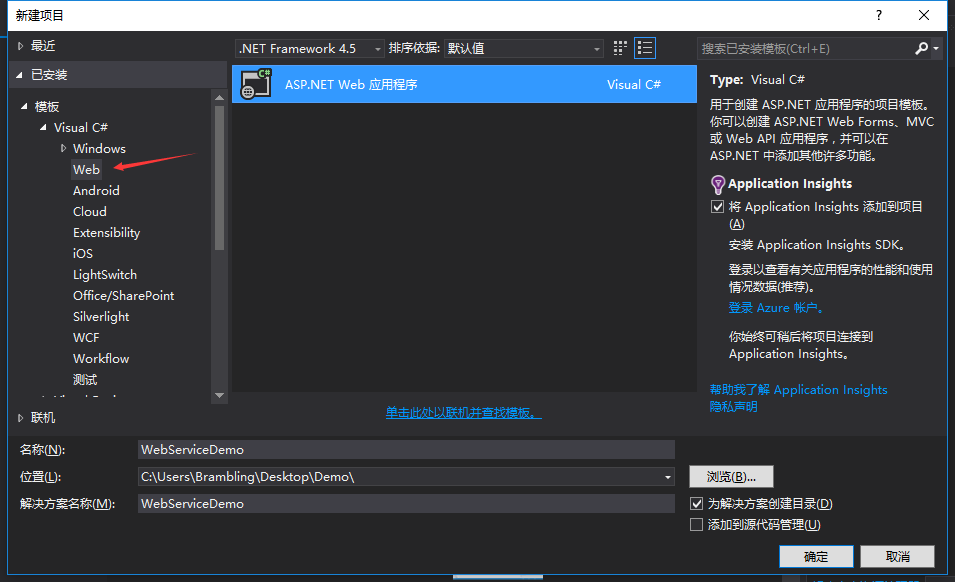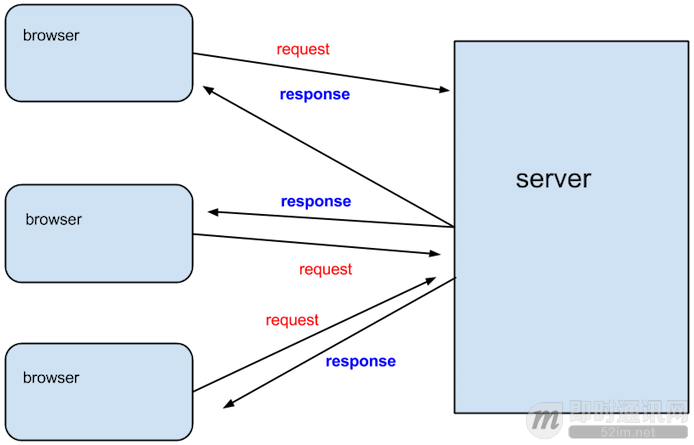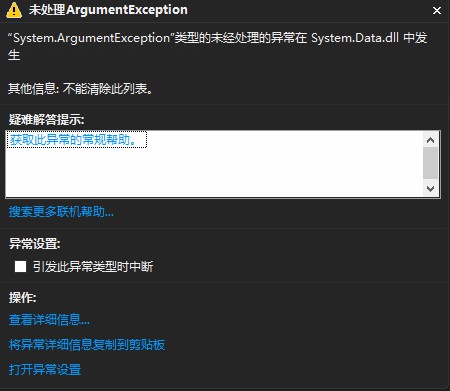这篇文章主要介绍了改进c# 代码的五个技巧(一),帮助大家更好的理解和使用c#,感兴趣的朋友可以了解下
亲爱的读者,在这篇文章中,我提供了一些c#编程的最佳实践。
你是否在用户输入验证中使用异常处理机制?
如果是,那么你就是那个把你的项目执行速度降低了62倍的人。你不相信我吗?等几分钟;我来教你怎么做。但是在这个例子之前,让我们了解一下在什么地方需要异常处理。
例如,你正在验证用户的数据,对于任何无效的输入,你将引发一个异常并将其抛出给客户端,如下所示:
class BusinessLogcCheck
{
public void Check()
{
try
{
//Your validation code is here
}
catch (Exception ex)
{
throw new Exception("My own exception");
}
}
}亲爱的朋友,在下一个示例中,如果你看到输出屏幕,你将意识到这种做法有多糟糕。让我们看看下面的代码。
using System;
using System.Collections.Generic;
using System.Linq;
using System.Text;
using System.Diagnostics;
using System.IO;
using System.Net;
using System.Net.NetworkInformation;
namespace Test1
{
class Program
{
public static void ThrowTest()
{
throw new Exception("This is exceptopn");
}
public static Boolean Return()
{
return false;
}
static void Main(string[] args)
{
Stopwatch sw = new Stopwatch();
sw.Start();
try
{
ThrowTest();
}
catch
{
}
sw.Stop();
Console.WriteLine("With Exception " + sw.ElapsedTicks);
sw.Restart();
try
{
Return();
}
catch
{
}
sw.Stop();
Console.WriteLine("With Return " + sw.ElapsedTicks);
Console.ReadLine();
}
}
}这就是你等待的输出。
using System;
using System.Collections.Generic;
using System.Linq;
using System.Text;
using System.Diagnostics;
using System.IO;
using System.Net;
using System.Net.NetworkInformation;
namespace Test1
{
class Program
{
static void Method1()
{
for (int i = 0; i < 1000; i++)
{
try
{
int value = i * 100;
if (value == -1)
{
throw new Exception();
}
}
catch
{
}
}
}
static void Method2()
{
try
{
for (int i = 0; i < 1000; i++)
{
int value = i * 100;
if (value == -1)
{
throw new Exception();
}
}
}
catch
{
}
}
static void Main(string[] args)
{
Stopwatch sw = new Stopwatch();
sw.Start();
Method1();
sw.Stop();
Console.WriteLine("Within Loop " + sw.ElapsedTicks);
sw.Restart();
Method2();
sw.Stop();
Console.WriteLine("Outside of Loop " + sw.ElapsedTicks);
Console.ReadLine();
}
}
}这是输出屏幕。
using System;
using System.Collections.Generic;
using System.Linq;
using System.Text;
using System.Diagnostics;
using System.IO;
using System.Net;
using System.Net.NetworkInformation;
namespace Test1
{
class Program
{
static void Main(string[] args)
{
Stopwatch sw = new Stopwatch();
sw.Start();
for (int i = 0; i < 1000; i++)
{
int a = new int();
a = 100;
}
sw.Stop();
Console.WriteLine("Using New operator:- " + sw.ElapsedTicks);
sw.Restart();
for (int i = 0; i < 1000; i++)
{
int a;
a = 100;
}
sw.Stop();
Console.WriteLine("Without new operator:- "+ sw.ElapsedTicks);
Console.ReadLine();
}
}
}输出的截图如下:
using System;
using System.Collections.Generic;
using System.Linq;
using System.Text;
using System.Diagnostics;
using System.IO;
using System.Net;
using System.Net.NetworkInformation;
namespace Test1
{
class Program
{
static void Main(string[] args)
{
List<Int32> li = new List<Int32>(1000);
Dictionary<int, int> di = new Dictionary<int, int>(1000);
int[] arr = new int[1000];
int a;
for (int i = 0; i < 1000; i++)
{
li.Add(i);
di.Add(i, i);
arr[i] = i;
}
Stopwatch sw = new Stopwatch();
sw.Start();
a = li[500];
sw.Stop();
Console.WriteLine("From list:- " + sw.ElapsedTicks);
sw.Start();
a = arr[500];
sw.Stop();
Console.WriteLine("From Integer array:- " + sw.ElapsedTicks);
sw.Restart();
a = di[500];
sw.Stop();
Console.WriteLine("From Dictionary:- " + sw.ElapsedTicks);
Console.ReadLine();
}
}
}输出在这里:
using System;
using System.Collections.Generic;
using System.Linq;
using System.Text;
using System.Diagnostics;
using System.IO;
using System.Net;
using System.Net.NetworkInformation;
namespace Test1
{
class test
{
public static void Print()
{
Console.WriteLine("I am function from Class");
}
}
class Program
{
static void Main(string[] args)
{
Stopwatch sw = new Stopwatch();
sw.Start();
test.Print();
sw.Stop();
Console.WriteLine(sw.ElapsedTicks);
sw.Restart();
Console.WriteLine("I am single statement within main");
sw.Stop();
Console.WriteLine(sw.ElapsedTicks);
Console.ReadLine();
}
}
}下面是屏幕输出:
在这里,我想在输出窗口中打印一条消息,首先,我在一个静态函数中实现了它,并通过类名调用它,第二次我只是在主函数中编写它。可以,通过Console.Writeline()非常简单。输出屏幕显示单行执行比函数快9倍。因此,唯一的结论是“在盲目执行某个功能之前,试着了解情况并做出最佳决策”
结论
谢谢你能容忍我这么长时间。我在我的笔记本电脑上做了上面的测试,我的笔记本电脑有core i3处理器,4GB内存和Windows环境,在程序稳定后以释放模式输出。如果你使用不同的平台和不同的输出,在评论部分有足够的空间写评论。
以上就是改进c# 代码的五个技巧(一)的详细内容,更多关于改进c# 代码的资料请关注得得之家其它相关文章!
本文标题为:改进c# 代码的五个技巧(一)


- WPF使用DrawingContext实现绘制刻度条 2023-07-04
- .NET CORE DI 依赖注入 2023-09-27
- user32.dll 函数说明小结 2022-12-26
- c# 模拟线性回归的示例 2023-03-14
- C# 使用Aspose.Cells 导出Excel的步骤及问题记录 2023-05-16
- Unity3D实现渐变颜色效果 2023-01-16
- 如何使用C# 捕获进程输出 2023-03-10
- 在C# 8中如何使用默认接口方法详解 2023-03-29
- Unity Shader实现模糊效果 2023-04-27
- Oracle中for循环的使用方法 2023-07-04









